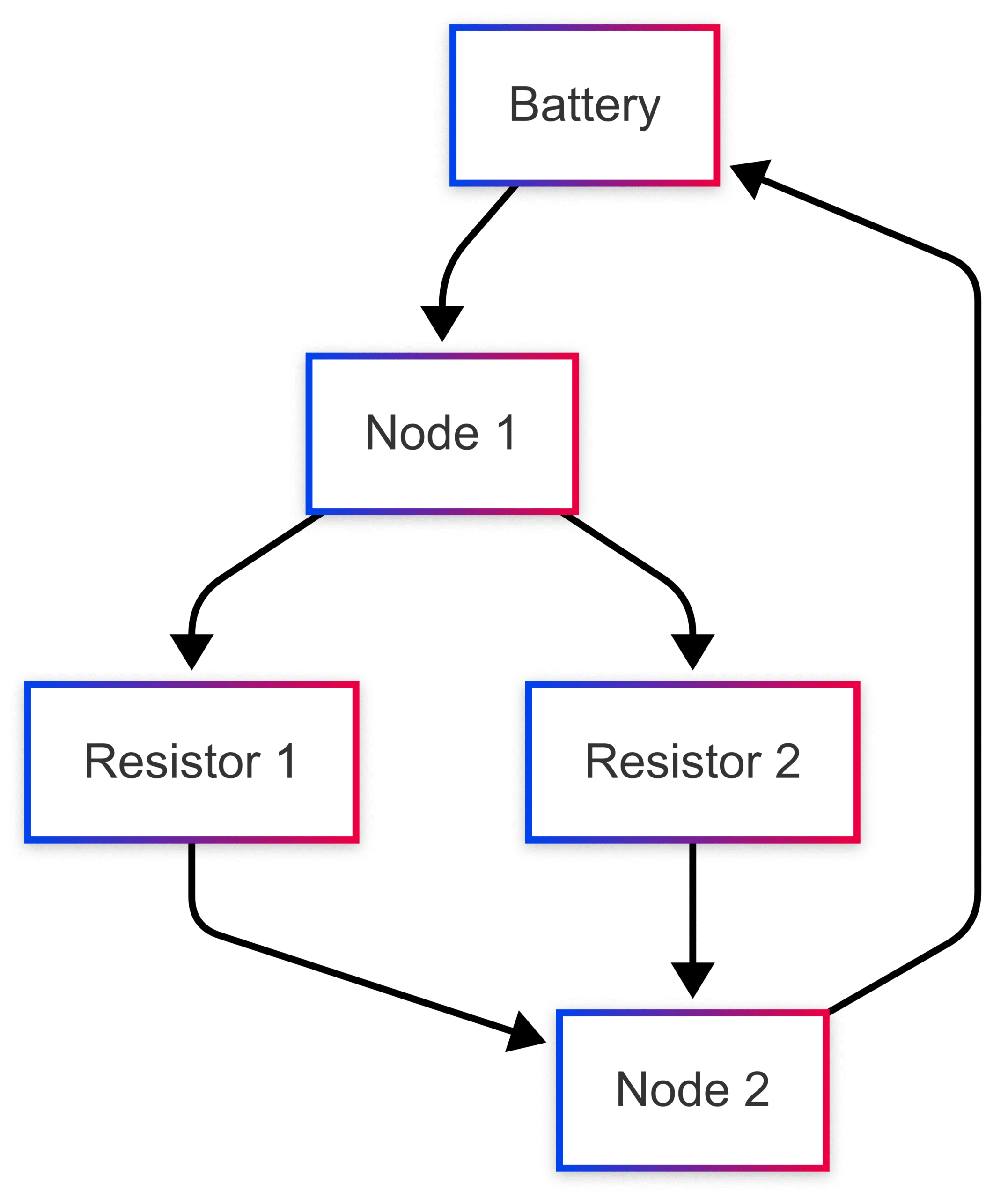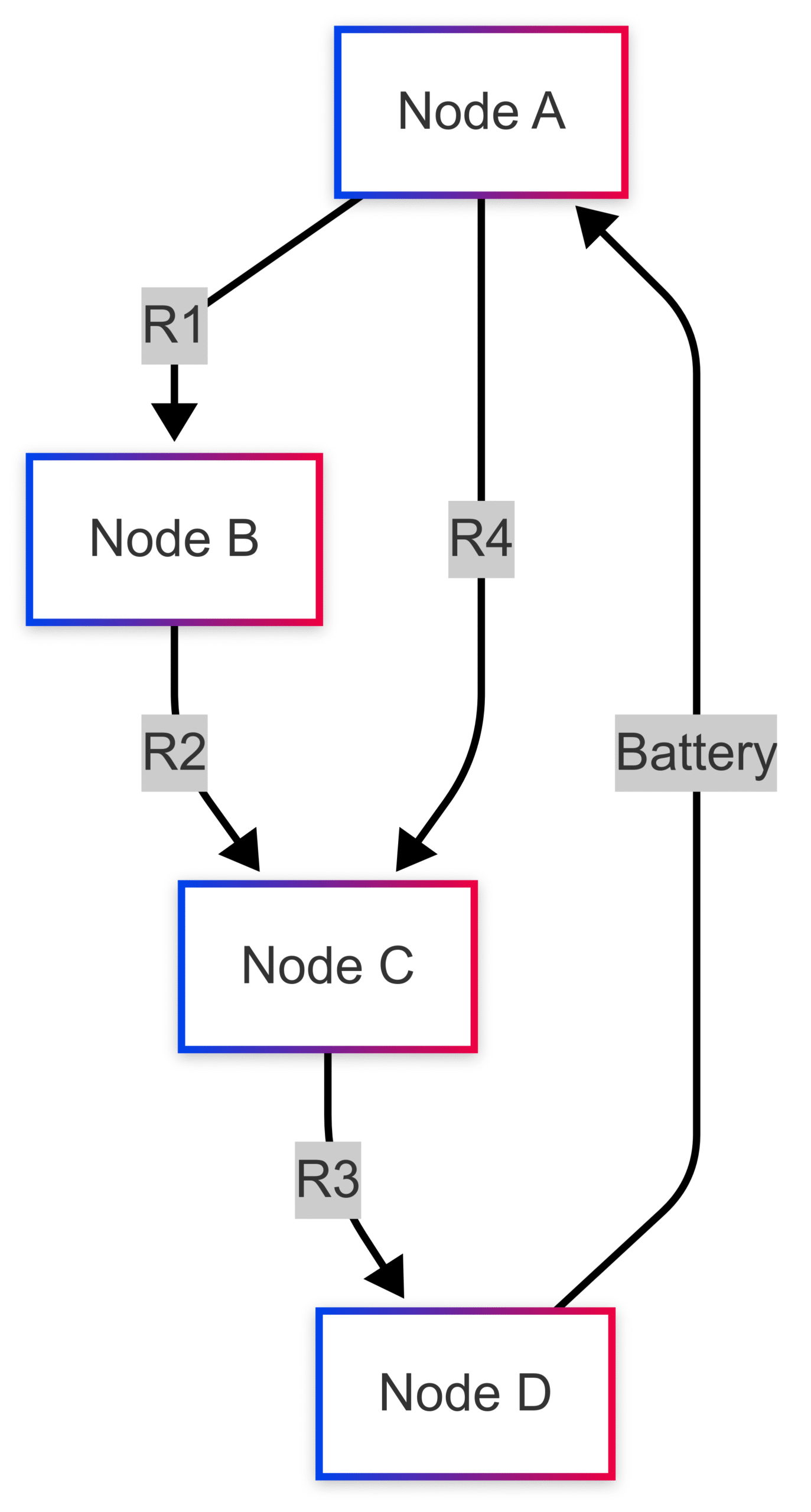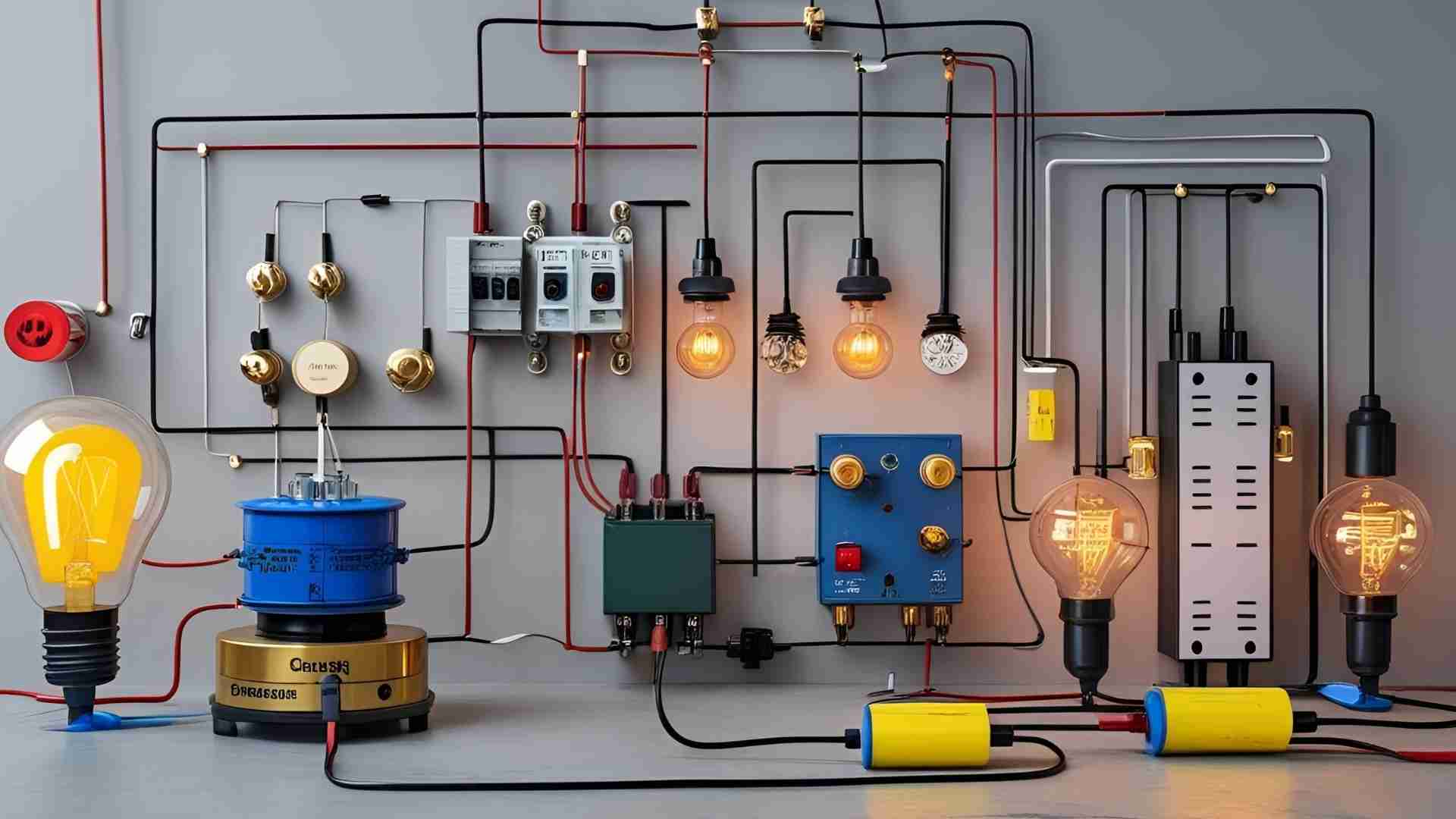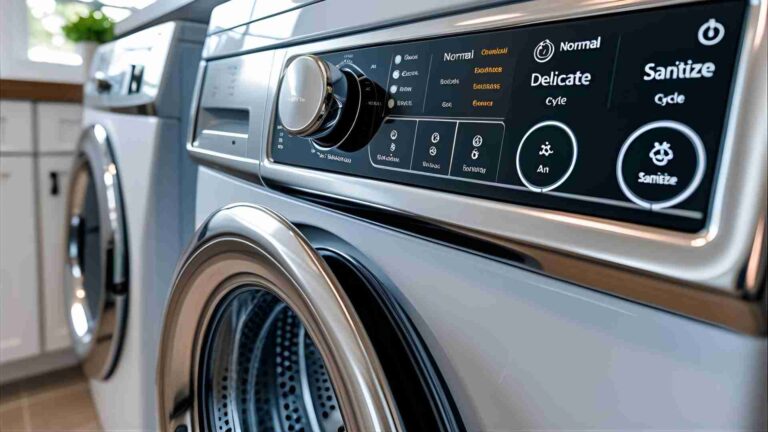Electric Circuits | Overview, Types & Components – Lesson
Electric circuits are the backbone of modern technology, powering everything from household appliances to complex industrial systems. This article provides an in-depth exploration of electric circuits, their types, components, and underlying principles. Designed for students, hobbyists, and professionals, this guide covers fundamental concepts, practical applications, and advanced topics to foster a thorough understanding of electric circuits.
Introduction to Electric Circuits
An electric circuit is a closed pathway that allows electrons to flow, driven by a power source such as a battery or generator. This flow of electrons, known as electric current, enables devices to function, from lighting a bulb to running a computer. The concept of electricity has fascinated humans for centuries, with early observations of static electricity—such as amber rods attracting paper when rubbed with cat fur—dating back to ancient Greece. Today, electricity is a cornerstone of daily life, and understanding circuits is essential for leveraging its potential.
Circuits consist of interconnected components that control, direct, or utilize electrical energy. These components are broadly classified into active elements, which supply energy (e.g., batteries), and passive elements, which consume or store energy (e.g., resistors). By arranging these components in specific configurations, circuits can perform a wide range of functions, from simple lighting to sophisticated signal processing.
Fundamental Concepts of Electric Circuits
Before diving into circuit components and types, it’s crucial to understand the core electrical quantities that govern circuit behavior: voltage, current, and resistance.
- Voltage (V): Measured in volts (V), voltage is the potential difference that drives electrons through a circuit. It represents the energy per unit charge available to move electrons.
- Current (I): Measured in amperes (A), current is the rate of electron flow through a conductor. It quantifies how many electrons pass a point in the circuit per second.
- Resistance (R): Measured in ohms (Ω), resistance opposes the flow of current, causing energy dissipation as heat. Materials with high resistance, like tungsten in light bulbs, impede current more than conductors like copper.
These quantities are related by Ohm’s Law, a foundational principle expressed as:
[ V = I \cdot R ]
Where:
- ( V ) is voltage (volts),
- ( I ) is current (amperes),
- ( R ) is resistance (ohms).
Ohm’s Law is critical for analyzing circuit behavior, allowing us to predict how changes in one quantity affect the others. For example, increasing resistance in a circuit with constant voltage reduces current.
Another key principle is Kirchhoff’s Laws, which ensure energy and charge conservation:
- Kirchhoff’s Current Law (KCL): The total current entering a node equals the total current leaving it.
- Kirchhoff’s Voltage Law (KVL): The sum of voltage drops around a closed loop equals the supplied voltage.
These laws enable the analysis of complex circuits by providing a systematic approach to calculating currents and voltages.
Components of an Electric Circuit
Electric circuits are built from a variety of components, each serving a specific function. Below, we explore the primary components, their roles, and their symbolic representations in circuit diagrams.
1. Cell/Battery
A cell is a device that converts chemical energy into electrical energy, providing the voltage needed to drive current. A battery is a combination of multiple cells. Cells have two terminals:
- Positive (+): Where electrons exit the cell.
- Negative (-): The source of electrons.
Batteries vary in size and application, from small coin cells in watches to large lead-acid batteries in vehicles. For example, a typical AA battery provides 1.5V, while a car battery delivers 12V.
Symbol:

Applications: Powering torches, mobile phones, laptops, and electric vehicles.
2. Switch
A switch controls the flow of current by opening or closing the circuit:
- Open: Breaks the circuit, stopping current flow.
- Closed: Completes the circuit, allowing current to flow.
Switches come in various forms, such as toggle switches for household lighting or push-button switches in electronics.
Symbol:

Applications: Controlling appliances like fans, lights, and electronic devices.
3. Light Bulb
A light bulb converts electrical energy into light and heat. It contains a filament (typically tungsten) that glows when current passes through it due to high resistance. Bulbs are used for lighting, indicators, and signaling.
Symbol:

Applications: Household lighting, car indicators, and traffic signals.
4. Connecting Wires
Wires are conductive pathways, usually made of copper or aluminum, with low resistance. They are coated with insulating materials (e.g., PVC) to prevent unwanted current flow. Color-coded insulation distinguishes live, neutral, and ground wires, varying by region (e.g., black for live in the US, brown in Europe).
Symbol:

Applications: Connecting circuit components in all electrical systems.
5. Resistor
A resistor limits current flow and divides voltage. It dissipates energy as heat and is used to control circuit behavior. Resistors are rated by their resistance value (in ohms) and power handling capacity (in watts).
Symbol:

Applications: Current limiting, voltage division, and signal conditioning.
6. Capacitor
A capacitor stores energy in an electric field between two conductive plates. It resists changes in voltage and is used in filtering and timing circuits. Capacitance is measured in farads (F).
Symbol:

Applications: Power supply smoothing, signal filtering, and energy storage.
7. Inductor
An inductor stores energy in a magnetic field created by a coil of wire. It resists changes in current and is used in transformers and filtering circuits. Inductance is measured in henries (H).
Symbol:

Applications: Transformers, inductors in AC circuits, and EMI suppression.
Component Specifications and Pricing
The following table summarizes typical specifications and approximate prices for common circuit components (based on standard retail sources):
| Component | Specification | Typical Price (USD) |
|---|---|---|
| AA Battery | 1.5V, 2500mAh | $0.50–$2.00 |
| Toggle Switch | 250V, 5A | $1.00–$5.00 |
| LED Bulb | 9W, 800 lumens | $3.00–$10.00 |
| Copper Wire | 18 AWG, 1 meter | $0.50–$1.50 |
| Resistor | 1kΩ, 0.25W | $0.05–$0.50 |
| Capacitor | 10µF, 50V | $0.20–$1.00 |
| Inductor | 10mH, 1A | $0.50–$2.00 |
Note: Prices vary based on brand, quantity, and supplier (e.g., DigiKey, Amazon).
Types of Electric Circuits
Electric circuits are classified based on their configuration and the nature of the power source. The primary types are series circuits, parallel circuits, and complex circuits, which can operate in direct current (DC) or alternating current (AC) modes.
1. Series Circuits
In a series circuit, components are connected end-to-end, forming a single path for current flow. The same current flows through all components, but voltage divides across them.
Characteristics:
- Total Resistance: ( R_{eq} = R_1 + R_2 + R_3 + \ldots )
- Current: Same through all components.
- Voltage: Sum of voltage drops equals source voltage.
- Disadvantage: If one component fails, the entire circuit stops functioning.
Example: Christmas lights where one burnt-out bulb darkens the entire string.
Diagram:

Applications: Simple control circuits, such as switches for single appliances.
2. Parallel Circuits
In a parallel circuit, components are connected across common nodes, creating multiple paths for current. Each component experiences the same voltage, but current divides among the paths.
Characteristics:
- Total Resistance: ( \frac{1}{R_{eq}} = \frac{1}{R_1} + \frac{1}{R_2} + \frac{1}{R_3} + \ldots )
- Voltage: Same across all components.
- Current: Sum of currents through each branch equals total current.
- Advantage: Failure of one component does not affect others.
Example: Household wiring, where appliances operate independently.
Diagram:

Applications: Domestic wiring, power distribution systems.
3. Complex Circuits
Complex circuits combine series and parallel configurations, creating intricate current paths. Analysis requires techniques like Kirchhoff’s Laws or mesh analysis.
Example: Electronic devices with multiple interconnected components, such as smartphones.
Applications: Computers, communication systems, and industrial automation.
4. DC vs. AC Circuits
- DC Circuits: Use a constant voltage source (e.g., battery). Current flows in one direction. Common in portable electronics.
- AC Circuits: Use a time-varying voltage source (e.g., household power). Current alternates direction, typically at 50–60 Hz. Used for high-power applications.
AC Circuit Behavior:
- Resistor: Voltage and current are in phase.
- Inductor: Voltage leads current by 90° (reactance ( X_L = \omega L )).
- Capacitor: Voltage lags current by 90° (reactance ( X_C = \frac{1}{\omega C} )).
Impedance in AC circuits combines resistance and reactance:
[ Z = R + j(X_L – X_C) ]
Where ( j ) is the imaginary unit, and ( \omega ) is the angular frequency.
Circuit Analysis: Nodes, Branches, and Loops
To analyze circuits, we use structural concepts like nodes, branches, and loops:
- Node: A junction where two or more components connect. Nodes are at the same voltage potential.
- Branch: A single component or conductor between two nodes, such as a resistor or wire.
- Loop: A closed path starting and ending at the same node, encompassing multiple components.
Example Diagram:

In this circuit:
- Nodes: A, B, C, D.
- Branches: R1, R2, R3, R4, Battery.
- Loops: A-B-C-D-A, A-C-D-A.
These concepts are critical for applying Kirchhoff’s Laws and solving for unknown currents and voltages.
Circuit Protection and Faults
Circuits are susceptible to faults that can cause damage or safety hazards. Common issues include:
- Short Circuit: A low-resistance connection between two nodes, causing excessive current. This can lead to overheating or fires. Protection devices like fuses or circuit breakers interrupt the circuit to prevent damage.
- Open Circuit: A break in the circuit path, stopping current flow. This can result from a disconnected wire or faulty component.
Protection Devices:
- Fuse: A device that melts under excessive current, breaking the circuit. Typical cost: $0.50–$5.00.
- Circuit Breaker: A resettable device that trips to stop current flow. Typical cost: $10.00–$50.00.
Practical Applications of Electric Circuits
Electric circuits are integral to numerous applications:
- Household Appliances: Parallel circuits power appliances like refrigerators and TVs, ensuring independent operation.
- Electronics: Complex circuits in smartphones and computers process signals and perform computations.
- Industrial Systems: AC circuits drive heavy machinery and power grids.
- Renewable Energy: Circuits in solar panels and wind turbines convert and distribute energy.
Advanced Topics: Active and Passive Elements
Beyond basic components, circuits include advanced elements:
- Active Elements: Supply energy to the circuit.
- Independent Sources: Batteries and generators provide fixed voltage or current.
- Dependent Sources: Transistors and operational amplifiers adjust output based on circuit conditions.
- Passive Elements: Consume or store energy.
- Resistors: Dissipate energy as heat.
- Capacitors and Inductors: Store energy for filtering or timing.
Example: A transistor in an amplifier circuit (dependent source) adjusts current based on input voltage, enabling signal amplification.
Conclusion
Electric circuits are the foundation of electrical engineering and modern technology. By understanding their components, types, and principles—such as Ohm’s Law, Kirchhoff’s Laws, and circuit configurations—we can design and analyze systems that power our world. From simple series circuits to complex AC networks, circuits enable everything from lighting homes to advancing scientific research.
This comprehensive guide, developed with insights from educational resources and industry standards, equips readers with the knowledge to explore circuits further. Whether you’re a student building your first circuit or a professional designing advanced electronics, mastering electric circuits opens the door to endless possibilities.
Please share this Electric Circuits | Overview, Types & Components – Lesson your friends and do a comment below about your feedback.
We will meet you on next article.
Until you can read, What size tile spacers and how to use






